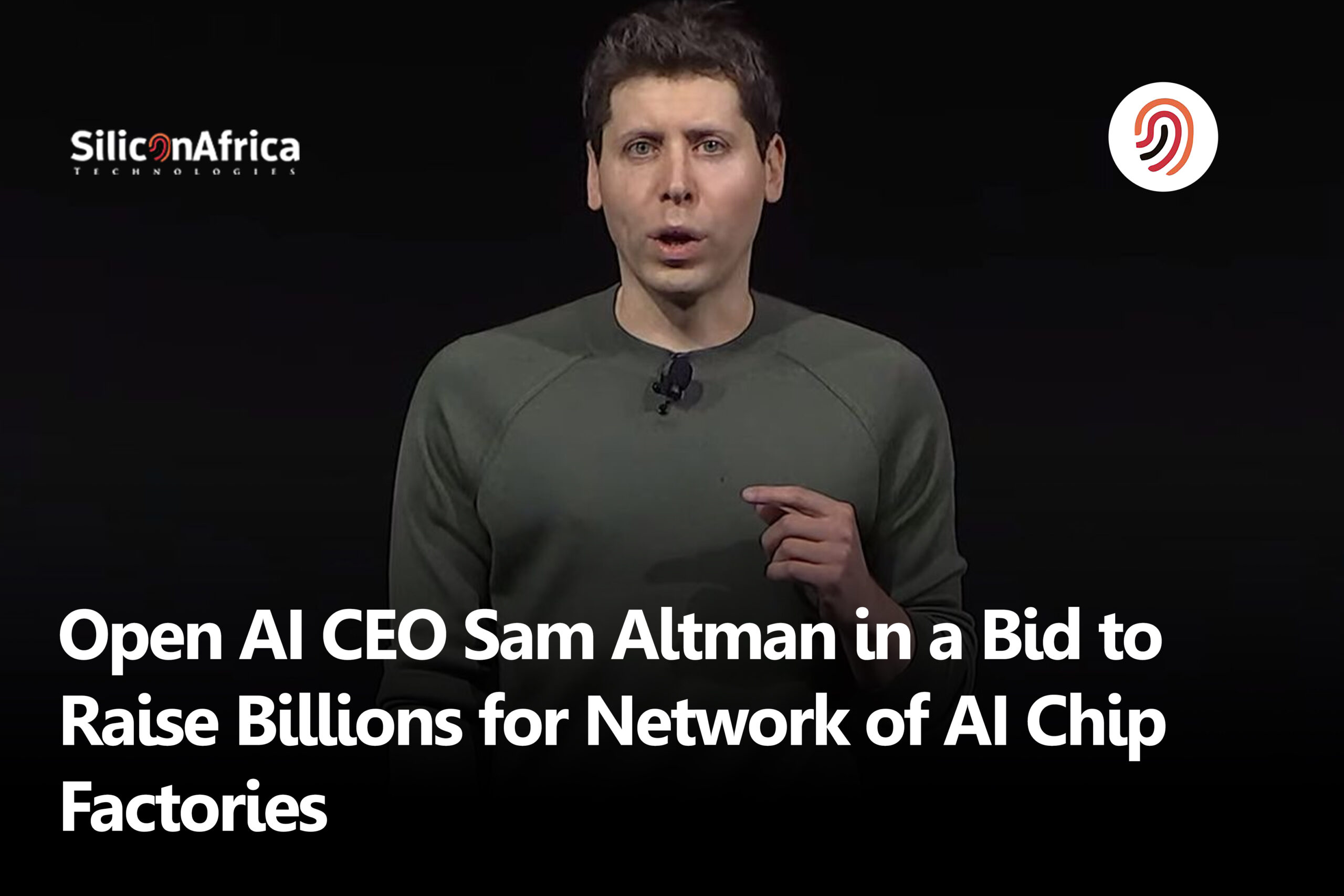Physical Address
60 Ekwema Cres, Layout 460281, Imo
Physical Address
60 Ekwema Cres, Layout 460281, Imo

Sam Altman, the ever-ambitious CEO of Open AI, is venturing into uncharted territory, embarking on a quest to raise billions of dollars for a colossal project: a network of AI chip factories. This audacious undertaking has thrust Open AI, the renowned non-profit research lab at the forefront of artificial intelligence, into the heart of the global chip race, with Altman at the helm, steering the course.
The driving force behind this bold initiative is Altman’s prescient concern. As AI steadily infiltrates every facet of our lives, from self-driving cars to medical diagnostics, he anticipates a looming chip shortage specifically designed for these advanced applications. Current forecasts, he contends, simply don’t match the projected demand for AI-specific chips, potentially hindering the responsible and widespread deployment of this transformative technology.
“Imagine a world where groundbreaking AI solutions exist, but the chips needed to power them are simply unavailable,” Altman said in a recent interview. “That’s the future we’re trying to avert.”
Open AI’s vision is to establish a network of “fabs,” state-of-the-art semiconductor manufacturing facilities dedicated solely to crafting chips optimized for AI algorithms. This, in itself, is a monumental challenge. Building and maintaining fabs is notoriously expensive, demanding billions of dollars and a level of technical expertise few possess.
Open AI, traditionally focused on software research, will need to navigate uncharted waters, forging partnerships with established chipmakers and navigating the treacherous complexities of the semiconductor industry.
However, Altman isn’t one to shy away from a challenge. His infectious optimism and track record of audacious bets, from co-founding Airbnb to leading Y Combinator, have garnered him both admirers and skeptics. This latest venture certainly falls into the latter category.
Some in the industry question the feasibility of Open AI’s foray into manufacturing, highlighting the immense capital investment and operational know-how required. Others, however, see Altman’s initiative as a potential game-changer, a bold move that could usher in a new era of AI innovation by ensuring the hardware infrastructure readily meets the growing software sophistication.
“Altman’s vision is ambitious, undeniably,” said Dr. Maya Chen, a prominent AI researcher at Stanford University. “But if anyone can pull it off, it’s him. Open AI has attracted some of the brightest minds in AI, and Altman’s track record speaks for itself. This could be a watershed moment for the entire field.”
The success of Open AI’s chip factory project hinges on two critical factors: funding and collaboration. Altman has reportedly held talks with several deep-pocketed investors, including SoftBank and G42, both heavily invested in the AI landscape. Securing the necessary billions will be crucial for the project’s initial lift-off.
Collaboration with established chipmakers is equally vital. While Open AI possesses AI expertise, it lacks manufacturing know-how. Partnering with industry giants like TSMC or Intel could provide the operational muscle necessary to bring the fabs to life.
Whether Open AI’s ambitious chip factory network materializes or not, one thing is certain: Altman’s audacious initiative has injected a jolt of excitement into the AI world. By venturing into the hardware domain, Open AI is making a bold statement about its commitment to not just shaping the future of AI, but actively building the infrastructure upon which that future will be realized. And in that, even its fiercest critics can’t deny the power of Altman’s vision.
This is just the first chapter in Open AI’s chip saga. Whether the story ends with triumphant factories humming into life or a cautionary tale of unfulfilled ambition, one thing is clear: Sam Altman has once again made the world take notice, raising the stakes in the global race for AI supremacy.